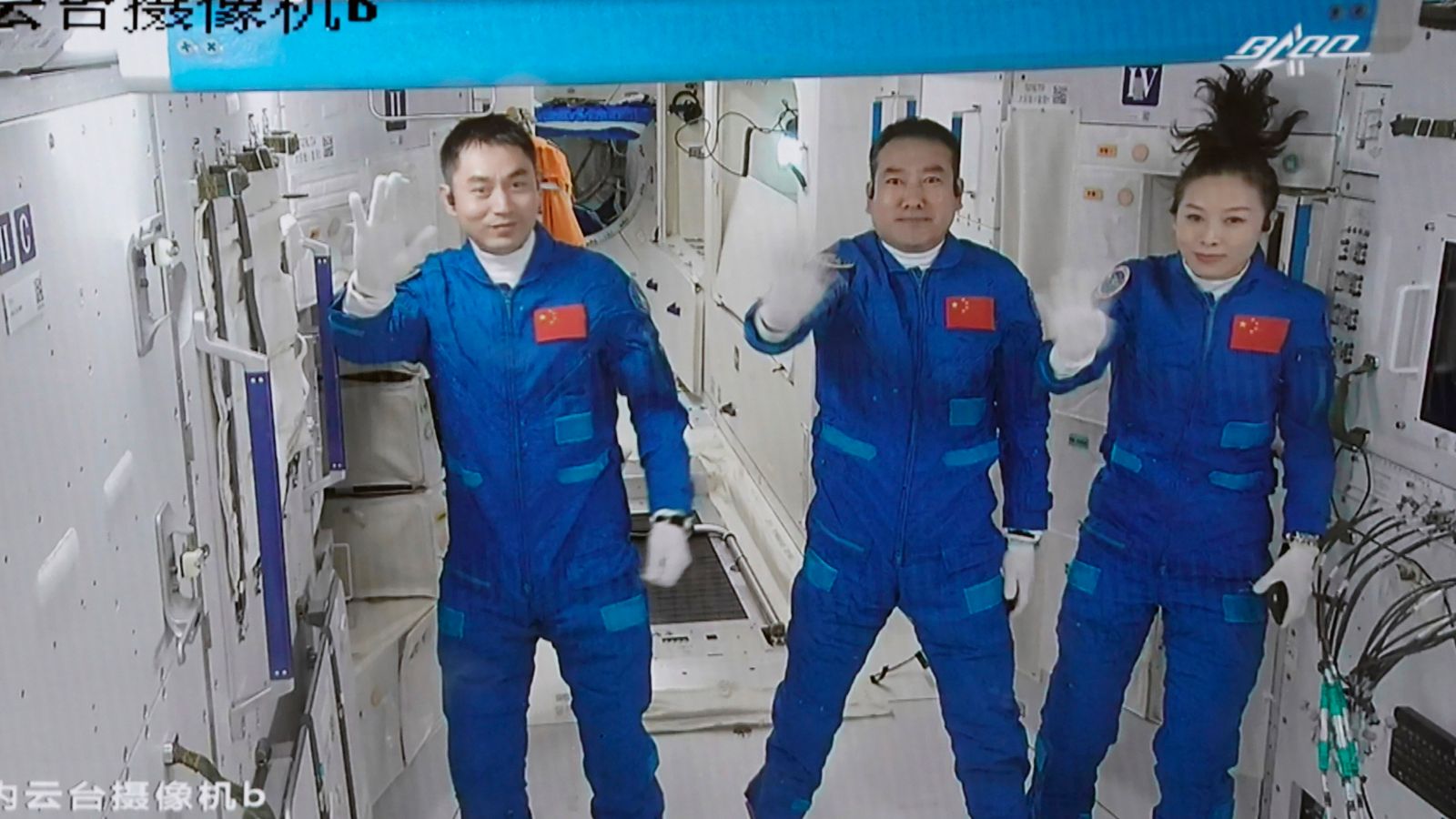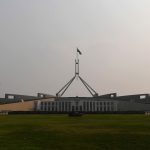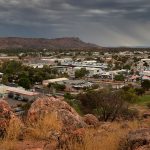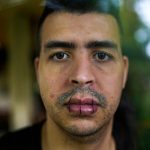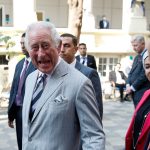Three Chinese astronauts have returned to Earth after a six-month mission aboard their country’s newest orbital station.
The Shenzhou 13 space capsule landed in the Gobi desert in the northern region of Inner Mongolia, shown live on state TV.
The astronauts returned after 183 days in space, marking the longest-crewed mission to date for China’s ambitious space programme, state television reported.
China launched its first astronaut into space in 2003 and landed robot rovers on the moon in 2013 and on Mars last year.
Chinese state TV showed images from inside the capsule as it travelled over Africa before entering the atmosphere.
Ms Wang and crewmates Zhai Zhigang and Ye Guangfu beamed back physics lessons for high school students.
The trio were the second crew aboard Tiangong, or Heavenly Palace.
Shanghai: Police in hazmat suits push back COVID protesters angry at being told to give up homes
COVID-19: Shanghai’s strict lockdown could have ‘massive global effects’ on supply chains
COVID-19: US orders non-emergency diplomatic staff to leave Shanghai amid strict lockdown
Read more:
China’s space capabilities raise fears
Read more:
International Space Station swerves to avoid Chinese satellite junk
Its core module, Tianhe, was launched in April 2021 and plans call for completing construction this year by adding two more modules.
Authorities have yet to announce a date for launching the next Tiangong crew.
Tiangong is China’s third space station after predecessors launched in 2011 and 2016.
China is excluded from the International Space Station due to US unease that its space programme is run by the ruling Communist Party’s military wing, the People’s Liberation Army.
It was the third nation to launch an astronaut into space on its own after the former Soviet Union and the US.
